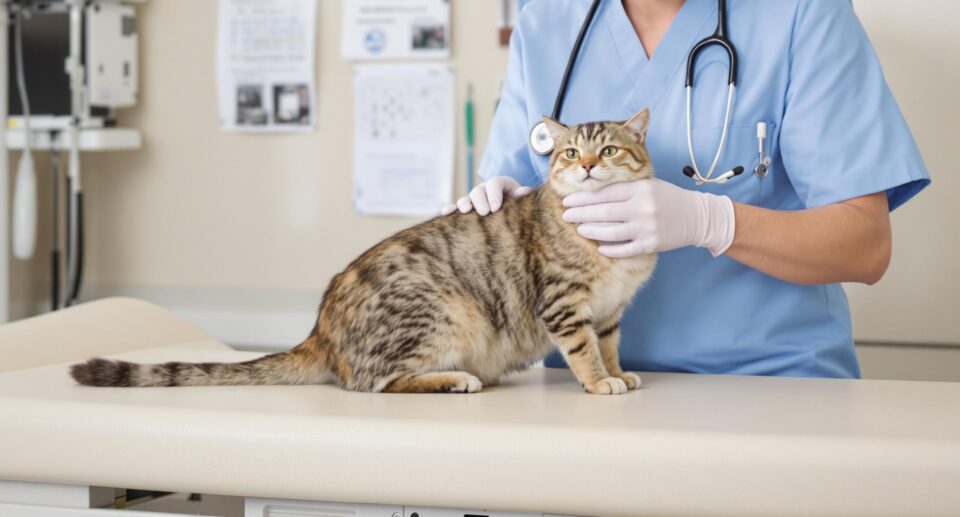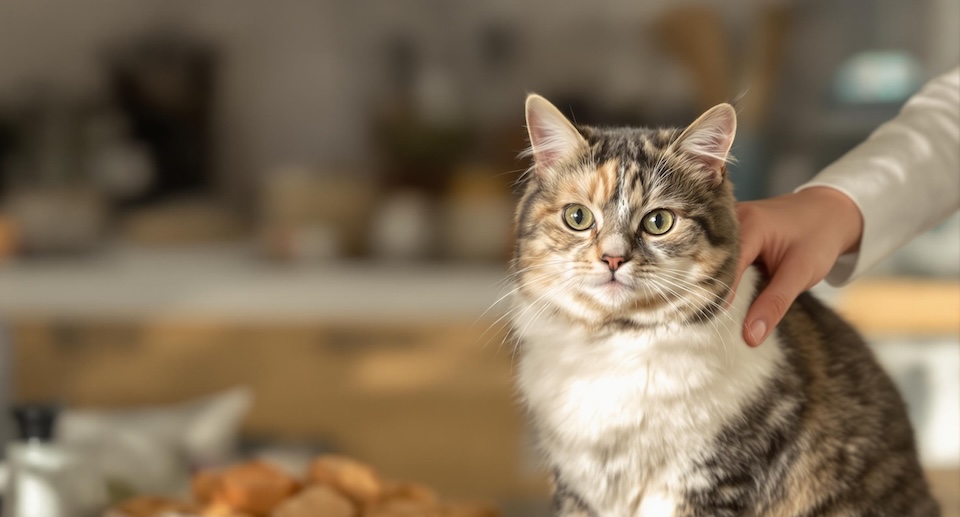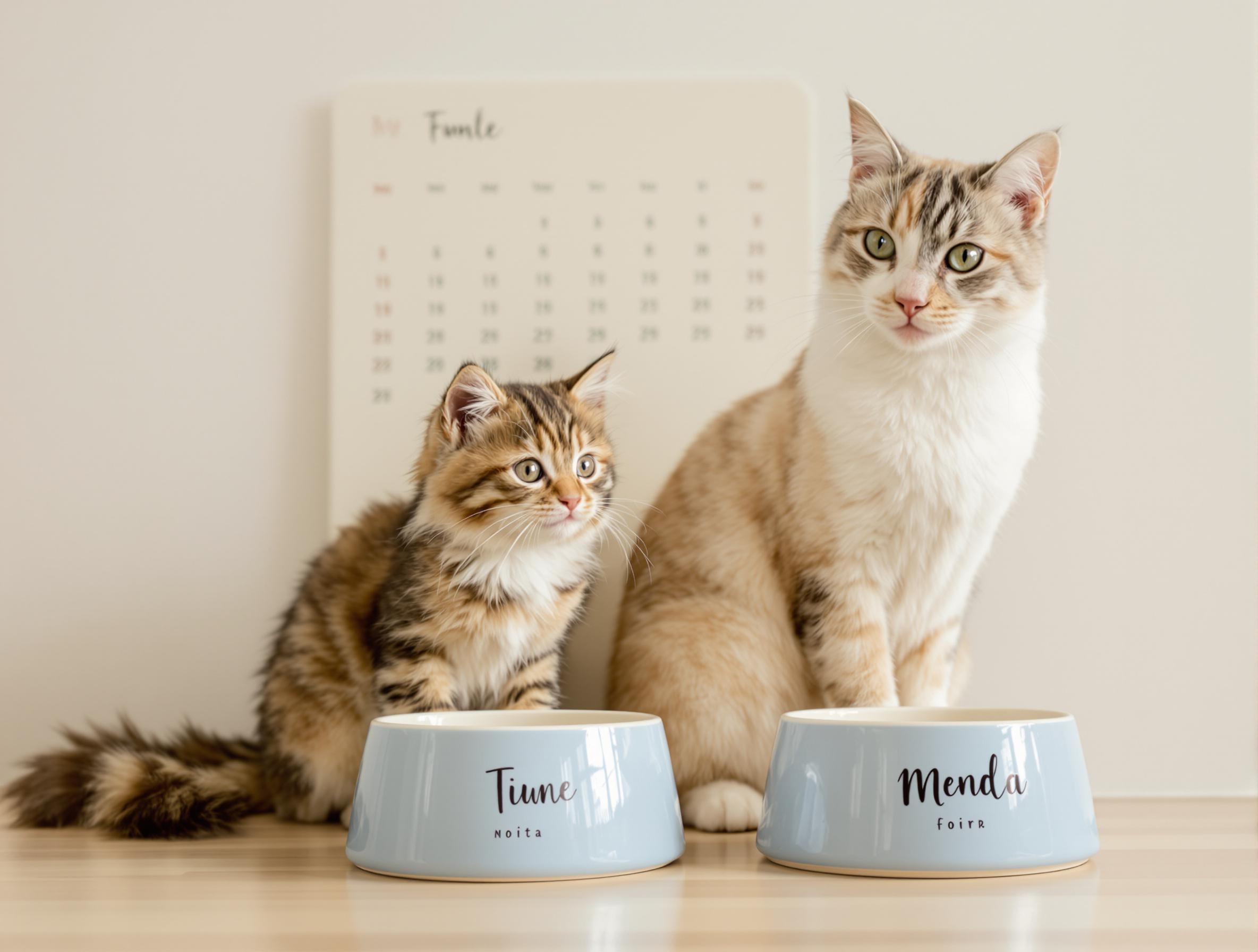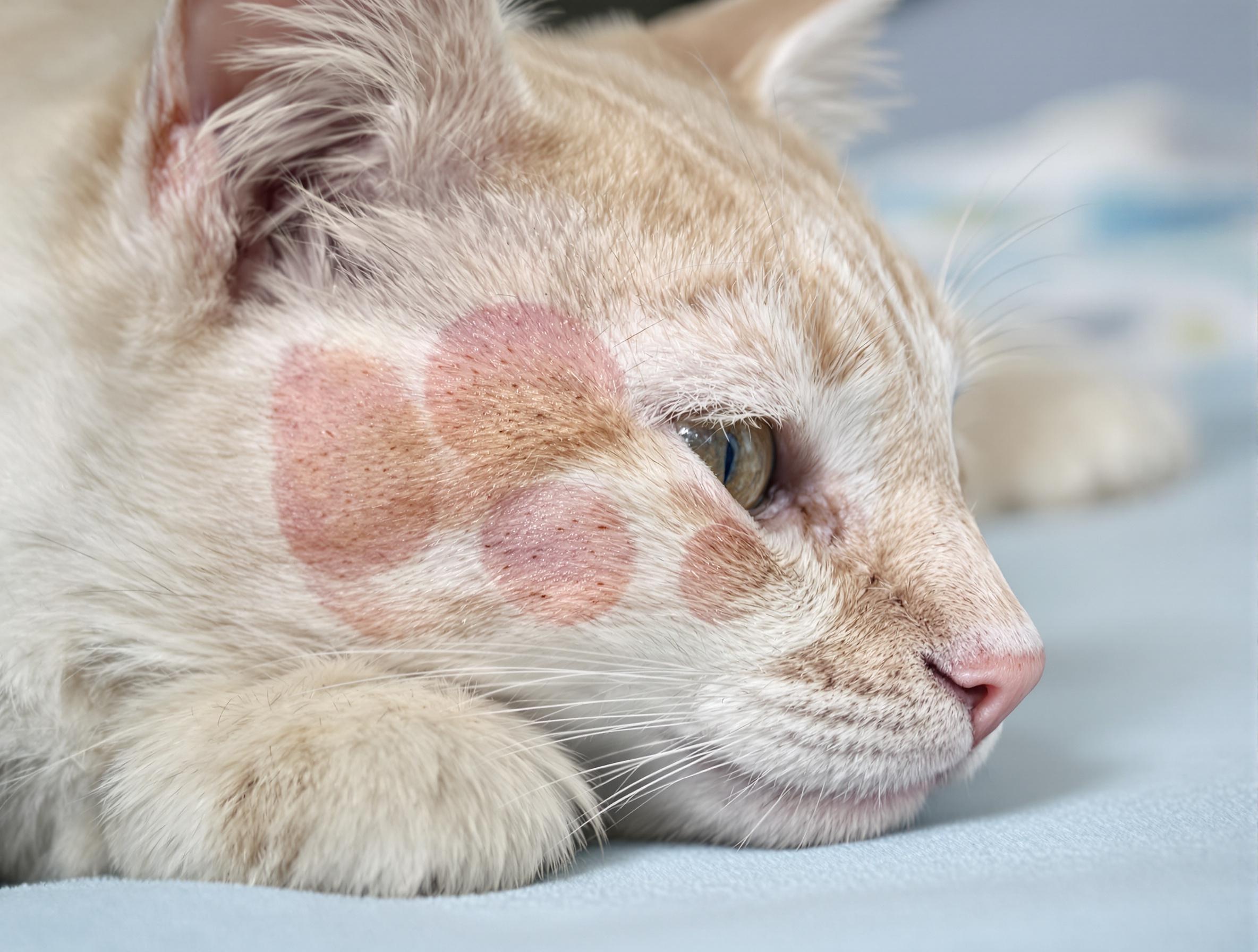Feline Leukemia in Cats
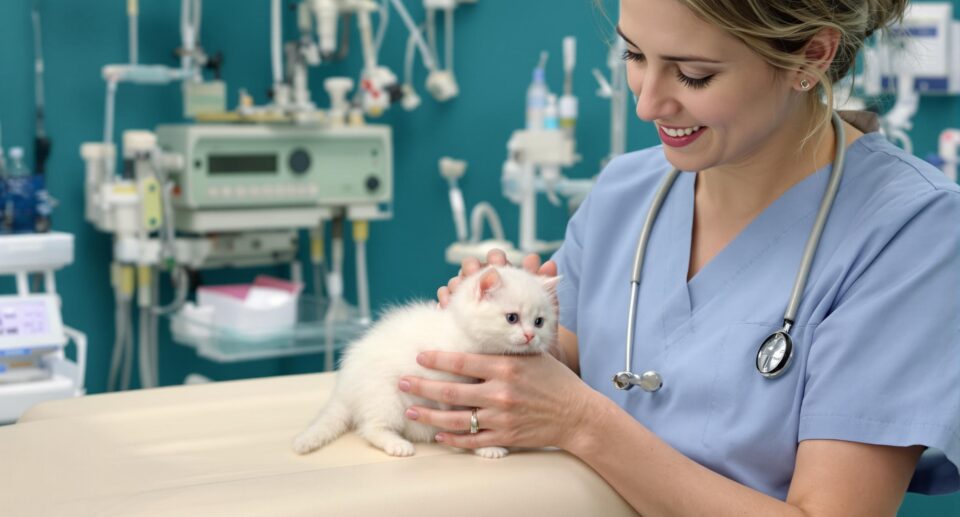
Leukemia means white blood cells (leukocytes) within the blood (emia). With the feline leukemia virus (FeLV) the number of white blood cells is drastically abnormal—either higher or lower than normal. This leads to tumors and overwhelming infections.Leukemia in cats is a contagious disease that causes two potentially fatal problems in cats:
- Immune system failure, and/or
- Tumor development
FeLV usually infects kittens less than four months old. Some infected kittens are able to clear the virus from their bodies and never become ill. Other kittens will be permanently infected but will not show any sign of disease for several years. These kittens usually become infected by their mothers who transmit the virus in their saliva or milk. Healthy older cats are normally immune to the virus.
Key facts about leukemia in cats
- Kittens less than four months old are susceptible to feline leukemia, but healthy older cats are resistant to infection.
- Of all cats that die of cancer, about one-third will die of leukemia-caused tumors.
- If your cat is infected with the feline leukemia virus (FeLV), three things can happen: your cat can clear the virus, develop a latent infection, or develop an overwhelming persistent infection.
- Kittens and mature cats with extraordinarily weak immune systems are predisposed to feline leukemia.
Cat leukocytes or white blood cells (WBCs)
The medical term for White Blood Cell (WBC) is leukocyte (leuko=white and cyte=cell). WBCs are essential for fighting infections that all pets are constantly exposed to through their skin, digestive system, and lungs. To maintain protection, WBCs are produced in many areas: bone marrow, spleen, thymus, lymph nodes, and tonsils.
Some WBCs live only a few days and others live for months and years. Cats typically have 5,500-20,000 WBCs per mm3 blood, which may seem like a lot, but it is not. In comparison, cats have 5,500,000-8,500,000 red blood cells per mm3 of blood. It’s possible to distinguish five different types of white blood cells (WBCs): lymphocytes, monocytes, neutrophils, basophiles and eosinophils. Distinguishing types is helpful for diagnosing diseases. With leukemia, the lymphocytes or neutrophils are usually affected.
Most WBCs are found in the blood or in the lymph nodes, but some WBCs will be found in all areas of the body. The role of WBCs is to protect cats from infections. They do this in two ways:
- Engulfing and eating the infectious material (phagocytosis), or
- Producing antibodies to travel through the blood attacking viruses and bacteria wherever they find them.
If your cat is sick with FeLV, his or her WBCs do not act normally and cannot control invading viruses and bacteria. The immune system functions poorly and your cat is infected by everything he or she comes into contact with. Some cats have low numbers of WBCs and others have abnormally high numbers of WBCs.
Which cats are most at risk for leukemia?
Feline leukemia usually infects kittens less than four months old. Some infected kittens are able to clear the virus from their bodies and never become ill. Other kittens will be permanently infected but will not show any sign of disease for several years. These kittens usually become infected by their mothers who transmit the virus in their saliva or milk. Healthy older cats are normally immune to the virus.
All cats are susceptible to feline leukemia but few develop the disease, so that only 1-2 cats in 100 have feline leukemia. Kittens less than four months old are susceptible, but healthy mature cats appear to be immune. However, mature cats that have poorly functioning immune systems, are highly stressed and over-crowded, or already have a serious illness can be infected. Highly inbred cats are more susceptible than crossbred cats. Cats given transfusions of infected blood or injected with a needle used to inject a FeLV-positive cat can be infected. Transient contact with an infected cat does not spread the disease. Cats living for years in a household with an infected cat will sometimes become infected and other times they will not.
Kittens are infected several ways by mothers (queens) who are FeLV-positive:
- Through the placenta before they are born
- Through the milk
- Through the mother’s saliva
- Through contact with other infected cats
About 1-2% of the general cat population has leukemia. Male cats that roam outdoors are more inclined to have the virus than are female cats or male cats that stay indoors. Once infected, some cats quickly begin showing symptoms of illness and die within months, but others live 2-3 years. Some cats infected with the virus do not become ill because they are able to clear the virus from their body.

